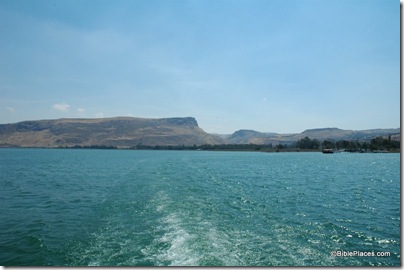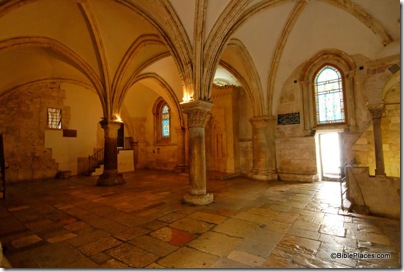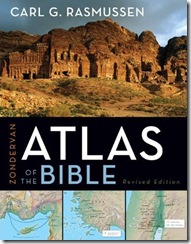Volunteer coordinator for the excavations at Magdala has written that they are preparing to excavate around the newly discovered synagogue and they are looking for volunteers. But they’re offering something that few (or no?) excavations do: free room and board.
The dig will finance accommodations (meals and transportation) for volunteers for up to one month, if you wish to stay more, we can prepare a special price for you. The accommodations will be in Tiberias, a town 5km /3 mi from Migdal, right in the center of town in a house in the Melkite Greek Catholic Church, great location, near shops and restaurants, it’s beside the hospital and right across the street is the information center.
All rooms have bathrooms with towels, Air Conditioning system, internet and there are 2 small kitchenettes. A big dining room an outdoors dining area with TV, washing machine, refrigerator, freezer and parking lot.
Volunteers are responsible for their own transportation costs. Excavations begin next month and are scheduled to go through 2013.
A new blog has lots of information, including several videos (in Italian) of previous discoveries.
This could be a great opportunity to uncover a town very close to the center of Jesus’ ministry and dating from his time (unlike most of the excavations at nearby Capernaum, Chorazin, and Bethsaida). If you’re already in Israel (student or otherwise), you might consider a “summer vacation” in Magdala/Tiberias as a nice chance to get away and serve, learn, and make new friends.


